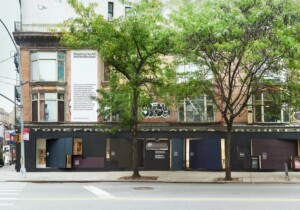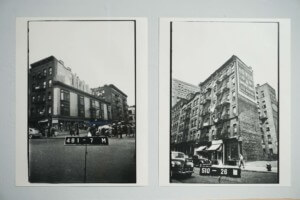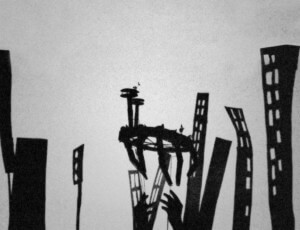Subculture: Microbial Metrics and the Multi-Species City is the new exhibition that will be held at New York City’s Storefront for Art and Architecture starting Tuesday, September 18. The exhibition will showcase the collaborative work of innovative scientists and designers, including Kevin Slavin, Elizabeth Hénaff, The Living, and Evan Eisman Company, who have merged biology, data science, and material science with design to provide viewers with a better understanding of the city’s microscopic world. The gallery space will be transformed into an active genetic sequencing lab that will collect, extract, and analyze the microbes that dwell in our surrounding environment. Although the exhibition will center on fungi, bacteria, and other unspecified germs—facets of New York’s street life that most city-dwellers try to avoid like the plague—Subculture will force its visitors to come face to face with these microbes to better understand the ecologies and identities of the city’s buildings and spaces.

Rather than focus on a single artist or architect, the exhibition highlights common goals that have linked the collaborators’ careers over the past decade, including their commitment to reinterpreting the biological environment and providing insight into the future of design. These seemingly complex goals and ideas—represented through the installation in the gallery space, along with the analysis of various sites across the city such as rooftops, subway stations, and waterways—will be presented in a detailed and explicit manner within three distinct zones of the gallery. As one moves through the exhibition, they will find that each space has been dedicated to a specific process or idea, starting with the facade of the Storefront—an introductory area that will highlight the existence of microbial species in urban environments.

The facade of the Storefront, like the remainder of the gallery space, is both modern and minimalistic, with its use of fine lines, colorless walls, and rotating geometric panels that intend to blur the border between the gallery and the street. Assembled on the doors of the facade will be a series of wood tiles that have been deliberately eroded to form a pattern of diverse microclimates. Throughout the duration of the exhibition, each tile will accumulate and host entire civilizations of microbes, which will later be extracted and analyzed within the gallery’s genetic laboratory.
After exploring the concepts, images, and models on display at Subculture, visitors should come away with a better understanding of the goals of environmental architecture and design. The exhibit also urges its visitors to shun their common preferences for cleanliness and sterility, and provoke them to think of buildings as complex, evolving, and living organisms. Whether you are a scientist, architect, inquisitive scholar, or simply a resident of New York City, Subculture could help you discover the importance and presence of the bacterial diversity that dominates our urban lives.











